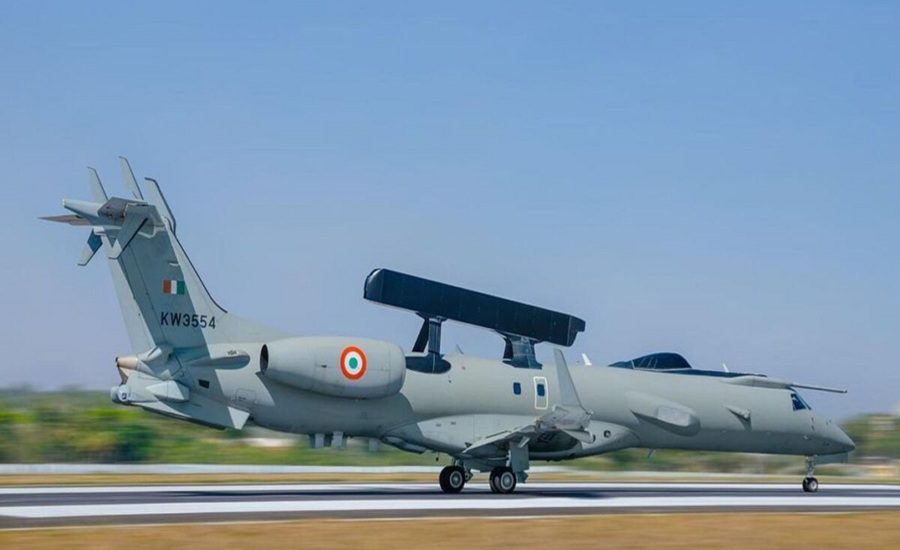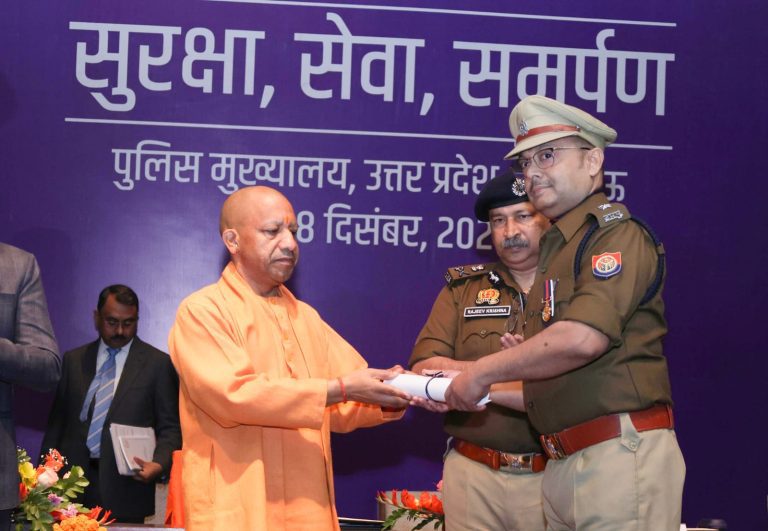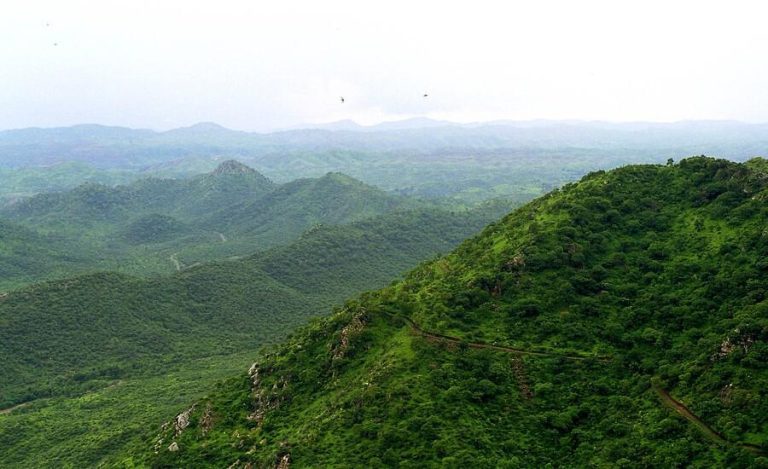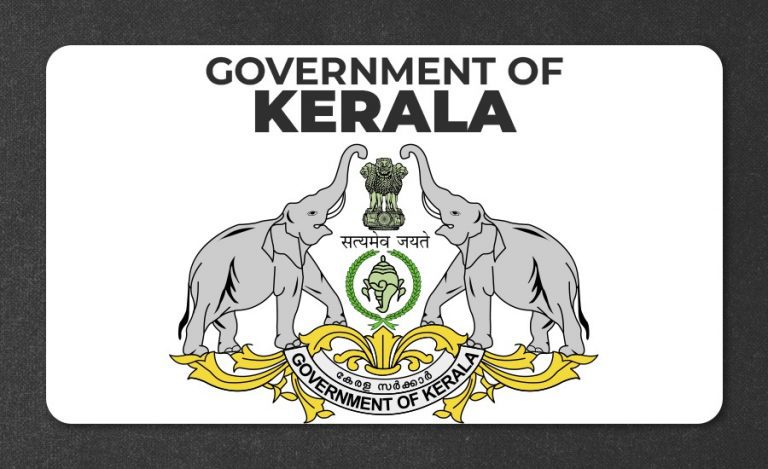New Delhi – In a major boost to India’s defence and surveillance capabilities, the central government has approved a ₹20,000 crore project for the development of indigenous Airborne Warning and Control Systems (AWACS). The initiative is led by the Defence Research and Development Organisation (DRDO) and marks a significant step in enhancing the Indian Air Force’s (IAF) real-time monitoring and strategic command capabilities.
The program, named AWACS India or Netra MK-2, is being developed in collaboration with Airbus and a consortium of Indian companies. The project aims to deliver six state-of-the-art AWACS platforms based on pre-owned Airbus A321 aircraft acquired from Air India.
A New Phase in India’s Surveillance Capabilities
These Airbus A321 aircraft will undergo extensive structural modifications to accommodate a range of sophisticated surveillance systems. Most notably, a dorsal radar dome will be installed atop the fuselage to enable 360-degree situational awareness. The integration will also feature cutting-edge AESA (Active Electronically Scanned Array) radar and a fully indigenous mission control suite.
Adani Defence & Aerospace is spearheading the industrial partnership aspect of the mission system development, while other Indian enterprises will contribute to the manufacturing and technological integration process.
Key Features of Netra MK-2:
- Complete 360-degree radar coverage via a main dorsal antenna and supplementary nose-mounted sensor arrays
- Capability to track enemy aircraft, ground sensors, and electronic systems at long distances
- Advanced ELINT (Electronic Intelligence) and COMINT (Communication Intelligence) functionalities
- Extended operational endurance and higher altitude surveillance
- Multi-mission operator stations designed for seamless real-time command and control
Operational Timeline and Strategic Impact
The first operational AWACS aircraft under this program is expected to be ready in approximately three years, with induction into the IAF projected around 2026–27. This will significantly expand India’s existing airborne surveillance fleet, which currently relies on a limited number of indigenous Netra systems and imported IL-76 ‘Phalcon’ platforms. The latter have faced persistent availability and maintenance challenges in recent years.
The shift to Airbus platforms marks a strategic departure from India’s traditional reliance on Boeing aircraft for such missions. The larger A321 airframe will offer improved radar reach, better data fusion capabilities, and greater mission flexibility compared to its predecessors.
Driving Atmanirbhar Bharat in Aerospace
This will be the first time an Airbus aircraft is being repurposed for complex military surveillance missions in India. The successful development and integration of Netra MK-2 are expected to not only bolster national security but also position Indian firms at the forefront of high-end aerospace system development. This, in turn, could pave the way for future defence exports.
The AWACS India project underlines the government’s commitment to the Atmanirbhar Bharat vision by combining domestic innovation, industrial capability, and strategic autonomy in defence manufacturing.
Also Read: India’s Hypersonic Leap: DRDO Tests Indigenous ET-LDHCM Under Project Vishnu



























